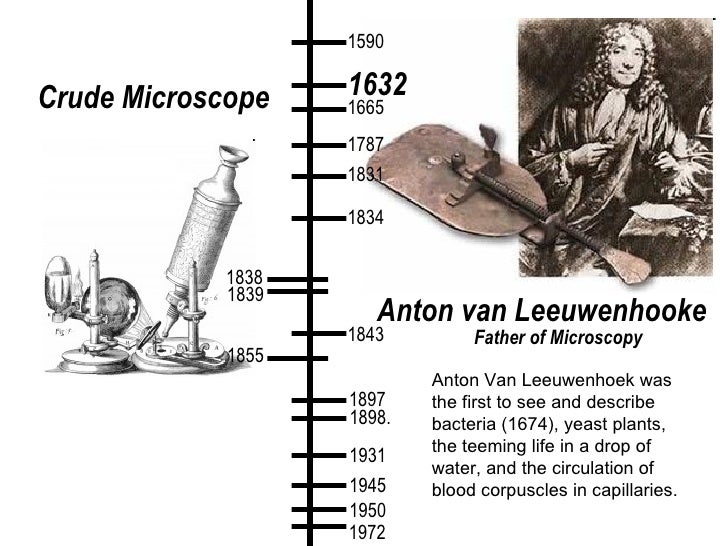History of Microbiology 1
We will learn the history of Microbiology today...
Let us start with the Pre-Golden Era.
Pre-Golden Era-

Controversy over spontaneous generation theory

Thank you
Let us start with the Pre-Golden Era.
Pre-Golden Era-
- Period before 1865
- Experienced slow accumulation of some facts about bacteria's
- Previously it was considered that living organisms or creatures arise from non-living matter.
- This belief is referred to as theory of spontaneous generation or Abiogenesis.
- Frogs, flies and mice were believed to have originated spontaneously from soil, fertile mud , decaying living organisms, etc.
- Aristotle was in support of this theory of abiogenesis.
- Virgil and helmont were also in the favor of the same.
- Robert Bacon was the first who described lens for the first time.
- Hans and Janssen produced a first microscope of crude type.
- Gallielo Galleilee had also made a microscope with a focusing device.
- Fabri gave the name 'Microscope'.
- Robert hooke had observed cells in the cork of a stem and his description regarding the same led to the establishment of the fact that the plants and animals are composed of some elementary particles.
- Anton Van Leeuwenhoek was the first to see and describe micro-organisms where he had studied samples of water , faeces and teeth scrapings , etc and recorded his observations.

Controversy over spontaneous generation theory
- Fransesco Redi
- Conducted experiments in 1655
- Covered Jars containing meat and fish with fine guage
- Flies unable to reach the meat laid eggs on the gauge
- Maggot formation did not take place and the meat did not rot
- Maggots developed only when eggs were deposited on the meat directly
- Thus the origin of the maggots were flies and not the meat
- This was against the theory of abiogenesis
- John Needham
- He showed that microbes grow in soups exposed to air
- He claimed existence of some "Life force" in inorganic matter and thus believed that it could lead to spontaneous generation.
- Lazzaro Spallanzani
- He showed that if heating was prolonged sufficiently and vessels are closed , organisms do not develop in hay infusion broth but will grow when exposed to air
- He was not in favor of theory of abiogenesis
- Theodor Schwann
- In 1837, he passed air through red hot air tubes, again showing no growth in the heated hay infusion broth
- But the supporters of abiogenesis were not convinced for they believed that the heat and acid altered the air and inhibited the growth
- H. Schroder and T.Von Dusch
- They were the first to use cotton for air filtration
- They covered the meat and hay infusion broth containing jars with the cotton and thus no growth of microbes was observed as the spores and microbes were trapped into the cotton fibres.
- The basic technique of plugging the culture with cotton was thus developed.
- Louis Pasteur
- He had a very huge contribution.
- He was the one who disproved the theory of Abiogenesis.
- He performed several experiments to confirm the presence of micro-organism in air.
- He demonstrated that microbes can be killed by heating and filtration.
- He discovered that the use of swan-necked or goose-necked flasks can be used to prevent entry of micro-organisms while allowing the air to diffuse through the neck.
- We will study his other contributions in the next era.
- John Tyndall
- He discovered the tyndallization which is a sterilization technique.
- He proved that air free of dust contains no organism by passing beam of light through a specially designed box.
- He proved that if a broth is kept away from dust it will not show microbial growth for indefinite period.
- The process of intermittent heating and cooling to preserve food materials came to be known as tyndallization . He discovered this technique by performing various experiments.
For any Query or suggestion please mail me or leave comments
Comments
Post a Comment